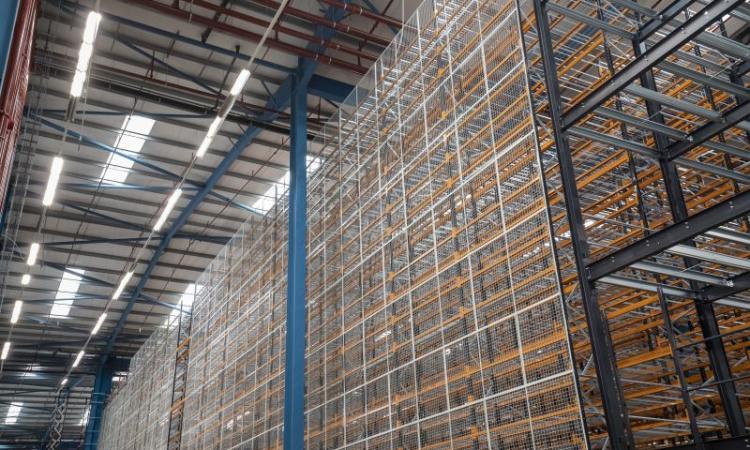Activity in the UK industrial and logistics market went into overdrive during 2021, although insatiable demand is being challenged by rising costs and acute supply shortages, according to Lambert Smith Hampton's Industrial & Logistics Market 2022 report.
With a renewed focus on expansion and future-proofing supply chains post-pandemic, industrial occupiers powered ahead with requirements during 2021, with take-up surging to 78 million sq ft, surpassing the previous record set in 2020 by 29%.
James Polson, national head of industrial & logistics at LSH, said: “Even against the backdrop of a stellar few years for the industrial and logistics market, 2021 will go down in history as the year in which just about every conceivable record was emphatically broken”.
As a direct consequence of the online retail boom, occupational activity was led by the retail and wholesale sector as major players accelerated expansion plans and took 42% (33 million sq ft) of space. Amazon was again the most active single player, accounting for 12.5 million sq ft of space across 32 deals. Distribution and 3PL operators have also proved particularly active on the back of structural change, accounting for 21% (16 million sq ft) of take-up in 2021.
The sector has also experienced increasing diversity across its occupier base, with operators of data centres and gigafactories both concluding significant deals during 2021.
James Polson added: “Even if the meteoric rise of the industrial and logistics market in 2021 will be hard to repeat, the fundamentals are in place to support considerable transactional activity and rental growth for the years ahead. With over 50 million sq ft of active requirements across the UK, the main impediment to both occupier and investor activity is a critical lack of supply.”
The seemingly insatiable level of demand for space has inevitably fuelled rental growth, with prime headline rents across the UK rising by a considerable 15% on average in 2021. Reflecting ongoing strong competition for space, LSH forecasts rental growth in the UK to range between 12%-14% in 2022.
Developers have responded to the ongoing bull run with a record 20.7 million sq ft pipeline of speculative space under construction, up 80% year-on-year. Despite development on such an unprecedented scale, supply fell by 26% in 2021 to hit an all-time low of just 53 million sq ft, equivalent to only 12 months’ average annual take-up.
All these factors have resulted in frenetic investment activity, with 2021’s total volume reaching £15.2 billion - almost double the previous record set in 2018. Tellingly, the sector accounted for 27% of all investment into UK real estate, compared with a long run average of 13%.
Buoyed by strong rental growth prospects, a significant weight of capital looking for allocation in UK industrial and logistics will continue throughout 2022 and beyond. Availability of stock is likely to prove the main limiting factor to deal volume, pushing many investors to create the assets themselves through spec fundings.
Alex Carr, national head of industrial investment at LSH, said: “While there is arguably still some headroom for further yield compression, evidence of extremely strong rental growth across multiple markets will drive strong drive interest towards reversionary potential. While development, high build costs and intense competition do pose a challenge, the rental growth we’re seeing is providing investors with plenty of assurance”.
“The evolving situation in Eastern Europe may well add to existing inflationary pressures, although I expect the uncertainty caused by the conflict will only add to sector’s draw as the defensive asset class of choice in the UK property market.”

